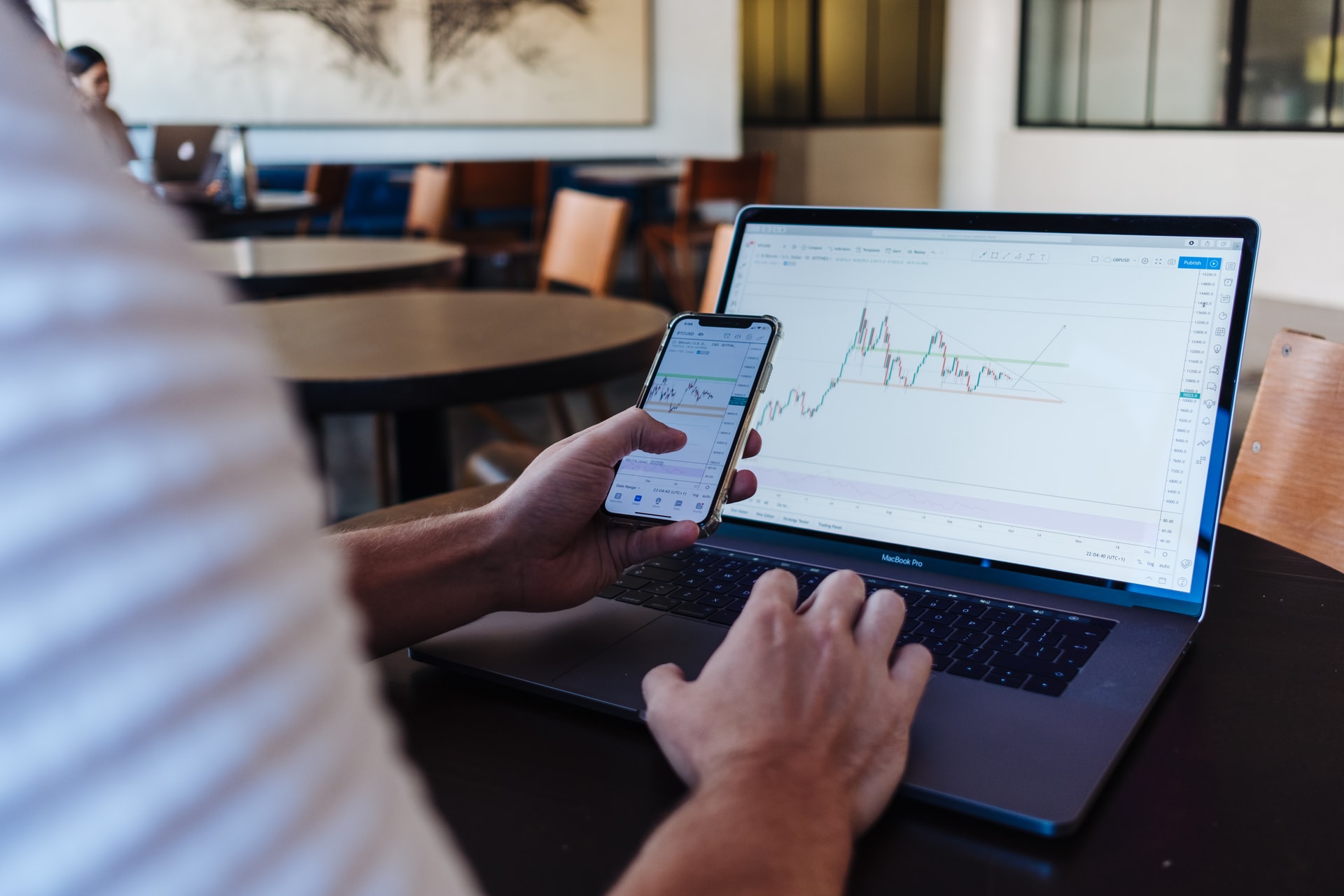
The term CFD stands for contract-for-difference, a trading instrument, and a standard gateway for investors to access financial markets. Along with other common properties, such as forex, grains, and spot metals, brokers sell them. CFDs are, however, unlike these, a type of derivative trading. This suggests that they obtain their worth from an underlying asset’s movement.
Trading CFDs implies that when traders want to exchange CFDs, they partake in a deal between themselves and the broker. The dealer, the “buyer,” and the broker, the “seller,” agree that, under market conditions, speculates on an item’s price. Since the trader speculates on financial products, the key difference between CFDs and conventional trading is vital to note:
CFDs enable traders to exchange market fluctuations without the underlying commodity being currently held. CFD traders may escape some of the disadvantages and costs of conventional trading by not buying the underlying commodity.
How does it work?
In essence, benefit and loss are assessed by looking at the market differential between where a deal is agreed and when it is ended. That ensures that the broker who enters into this deal with you will compensate for the difference between the price at the start and end of the contract. If a mistake is made, the broker will be paid the difference by the trader-“buyer.”
The primary equation to figure out your benefit or loss is: multiplied by your amount of CFD units, the difference between the price at which you join, and the price when you leave. There are CFDs distributed in a broad spectrum of industries. For example, with FXTM, CFD traders may select from CFDs on stocks, indexes, commodities and enjoy many advantages over these instruments’ direct trading.
How to trade CFDs?
Trading CFDs is easy with an experienced broker. You’re only a few moves away from picking your instrument and beginning to trade once you’ve opened your trading account. Don’t overlook, before you reach the live markets. You should still check out your CFD trading habits using a Demo account to ensure that you are happy with your preferred tool.
- Select your instrument
Your underlying asset’s option is an important choice between share CFDs, index CFDs, and product CFDs. Not sure which one to pick? For a broad summary of the underlying assets, you may choose from, check out our beginner’s guides to forex and forex investing. Alternatively, by watching the new industry news stories and videos, find out which stocks reach the headlines.
Through accessing a broker’s contract details website, you can explore the necessary information of each CFD, where you can find out about instrument leverage specifics and competitive trading costs.
- Choose your position
It’s time to settle about your place after you’ve determined what kind of CFD you’re going to sell. Simply put, if you think the asset price will go up, you can open a long position (buy) or open a short position if you think the price will decline (sell).
You may use various metrics, charts, and signals to determine what kind of exchange you want to open. You may visit our Forex Strategy guide to find out more about common strategies and indicators.
Second, choose the place size you want to launch. The value of a CFD unit you are selling would rely on the instrument. Thus the amount of CFD units that will fit well for your trading strategy can be determined.
- Select your platform
On the most common trading platforms in the sector, like MetaTrader 4 (MT4) and MetaTrader 5, CFDs can be exchanged (MT5). All the resources you need to exchange CFDs come equipped with these sites, including over 50 technical indicators and charting tools. You may also exchange smartphone applications, enabling you to keep track of your real-time, on-the-go gains and expenses.
CFD Trading Tools
- Expert Advisors
Expert Advisors are systems that exchange stocks using algorithms. They react to the criteria you set on your behalf to send out trading instructions. You may not have to manually open, change or close your location on an asset, saving you time. It’s another way to make it easier to incorporate online trading into a packed schedule with the MetaTrader platform.
- Economic Calendar
For fundamental research, the economic calendar is an invaluable instrument. On the market line, the method reveals over 500 indexes and economic events. In real-time, macroeconomic metrics are modified, ensuring you can still hold your eye on the markets’ pulse.
- Strategy Tester
The Strategy Tester enables traders to determine their trading strategy and leverage the Specialist Advisors of the network. Over 40 functionality will be checked by the tool, and a full report will be released.
- Analytical Tools
Traders may select from an extended list of 46 products, including resources from Gann, Fibonacci, and Elliott Wave.






